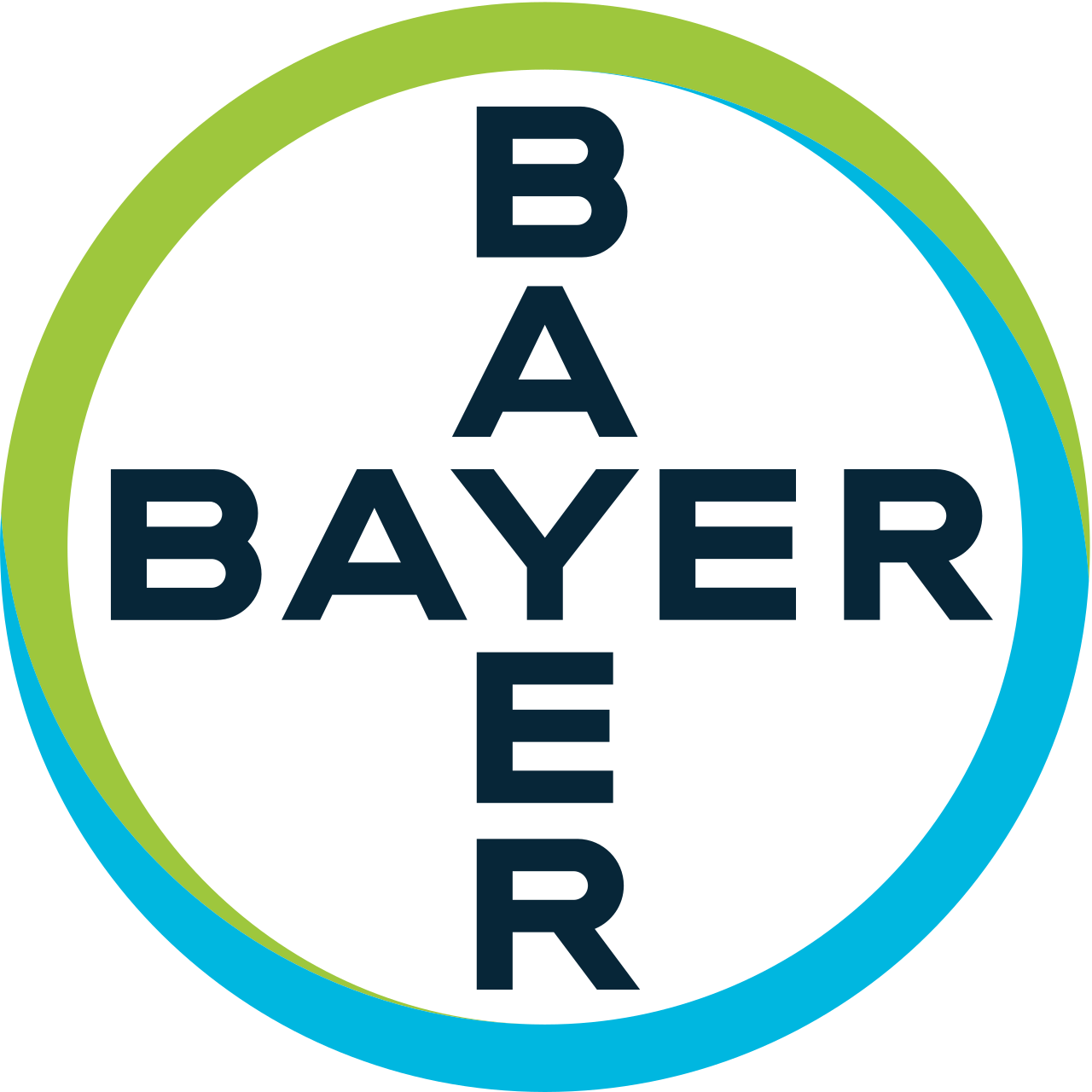
MRI requires the adaptation of multiple imaging parameters. This entails compromises involving e.g. the SNR.
About the Book
This publication is aimed at medical technologists and radiologists involved in the day-to-day operation of this complex technology and who would like to reach a better understanding of the physics and technological background of this procedure.
Chapter 1 – The Structure and Safety Aspects of a MRI Scanner
After reading this module, you will:
- understand the structures of a scanner, the functions of its components and the associated safety aspects.
- be familiar with the contraindications of MRI and be able to take them into account before undertaking a patient examination.
- know about the possible side effects associated with MRI (circulating current in the body, nerve stimulation, knocking sounds, SAR threshold values) and be able to assess and manage them.
Chapter 2 – Nuclear Magnetic Resonance, the Basis of Imaging
After reading this module, you will:
- be familiar with the magnetic characteristics of the hydrogen nucleus (spin, precession, the Larmor frequency).
- understand the relationship between the individual spin orientation and overall magnetization direction.
- be able to describe the phenomenon of magnetic resonance.
- be able to differentiate between spin lattice and spin-spin relaxation.
- be able to assign the relaxation times T1 and T2 to the relaxation processes.
Chapter 3 – From the MRI Signal to the Spatial Image, Encoding and Reconstruction
After reading this module, you will:
- understand how the NMR signal of the spin is recorded.
- be familiar with the significance of the MRI gradient fields.
- understand the composition of the image from the individual voxels.
- understand how the signals received (frequencies) are translated into a spatial image.
Chapter 4 – Sequences and Applications I
After reading this module, you will:
- be able to differentiate between a spin echo and a gradient echo sequence and understand their respective advantages and disadvantages.
- be familiar with the parameters and their adaptation to generate various image weightings.
- be familiar with the purpose of the Inversion Recovery Stimulus.
Chapter 5 – Sequences and Applications II
After reading this module, you will:
- be able to differentiate between a spin echo and a gradient echo sequence and understand their respective advantages and disadvantages.
- be familiar with the parameters and their adaptation to generate various image weightings.
- be familiar with the purpose of the Inversion Recovery Stimulus.
Chapter 6 – Image Quality and Artefacts
After reading this module, you will:
- be familiar with the factors influencing the image quality.
- be familiar with the causes of artefacts and strategies for their avoidance / reduction.


